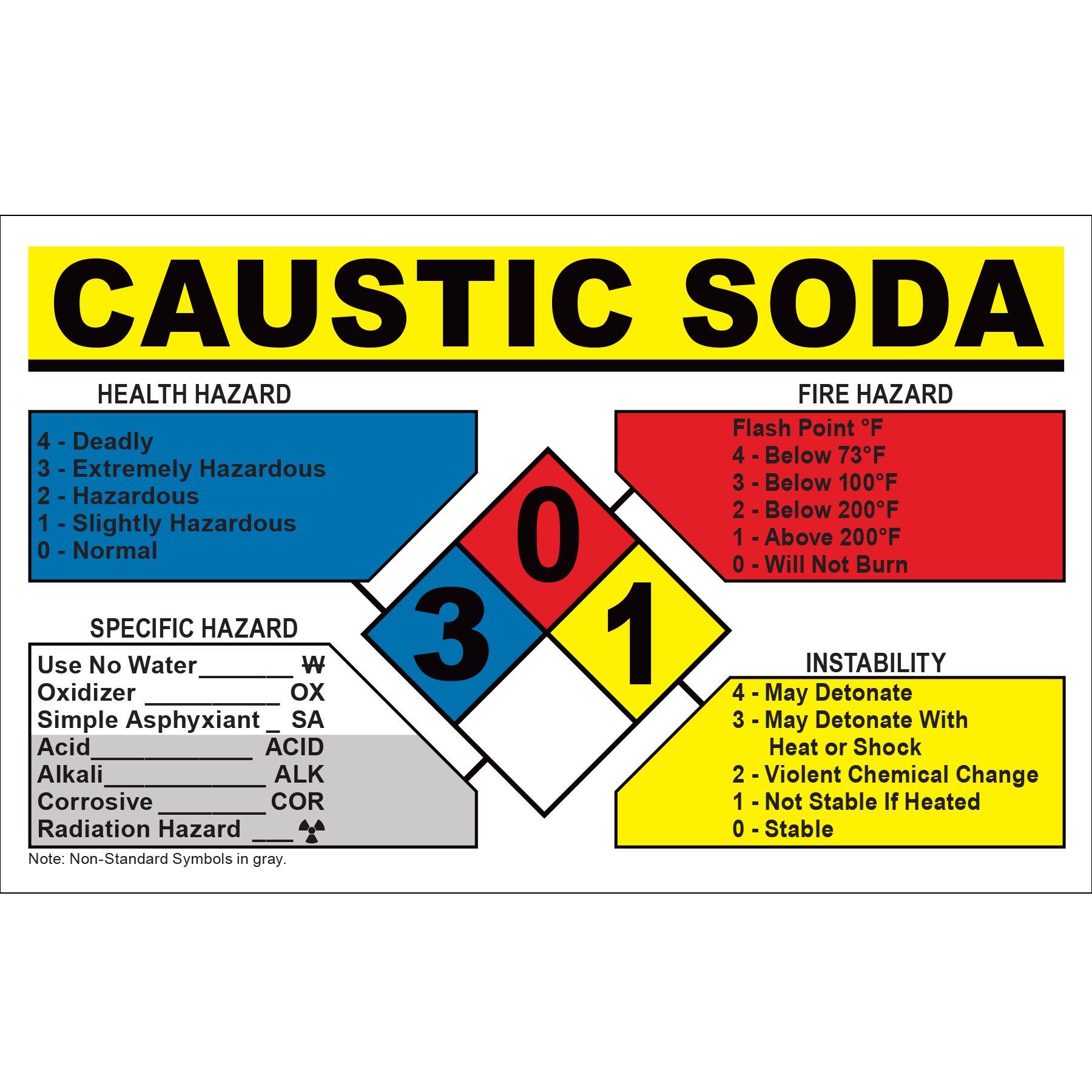Unlocking The Secrets Of HSODA 030: Your Ultimate Guide
Hey there, tech enthusiasts! If you've been scratching your head over HSODA 030, you're in the right place. This mysterious term has been buzzing around tech circles, and today we're going to break it down for you. Whether you're a curious beginner or a seasoned tech pro, this article is packed with insights you won't want to miss. So, grab your favorite drink and let's dive in!
Alright, now that we’ve got your attention, let’s set the stage. HSODA 030 isn’t just another tech jargon; it’s a term that carries significant weight in the world of software development and troubleshooting. If you’ve ever encountered unexpected crashes or system errors, chances are HSODA 030 might be lurking behind the scenes. Understanding it can be the key to smoother operations and fewer headaches.
Before we get too deep, let’s establish why you should care. HSODA 030 affects not only developers but also end-users who rely on software for their daily tasks. Whether you’re managing a business or simply using an app on your phone, knowing what HSODA 030 is and how to handle it can save you time, money, and frustration. Ready to learn more? Let’s go!
What Exactly is HSODA 030?
Let’s start with the basics. HSODA 030 refers to a specific type of error code that often appears in software applications. It’s like a warning sign, telling you something’s not quite right under the hood. This error can manifest in various ways, from sudden app crashes to sluggish performance. The term itself might sound intimidating, but don’t worry—it’s not as scary as it seems.
Think of HSODA 030 as a diagnostic tool. It helps developers pinpoint issues within the software, making it easier to fix problems before they spiral out of control. For users, recognizing this error can be the first step toward finding a solution. So, whether you’re troubleshooting your own device or helping a friend, understanding HSODA 030 is a valuable skill.
Common Scenarios Where HSODA 030 Appears
Now, let’s talk about where you’re most likely to encounter HSODA 030. Here are a few common scenarios:
- When launching a new application that hasn’t been fully optimized
- During software updates that introduce compatibility issues
- While running multiple resource-heavy programs simultaneously
- After installing third-party plugins or extensions
These situations can trigger HSODA 030, but don’t panic! With the right approach, you can tackle these issues head-on.
Why Should You Care About HSODA 030?
Here’s the deal: HSODA 030 isn’t just a random error code—it’s a symptom of something bigger. Ignoring it can lead to more severe problems down the line. For businesses, this could mean lost productivity and revenue. For individuals, it could mean frustration and wasted time. That’s why staying informed is crucial.
Understanding HSODA 030 empowers you to take control of your tech environment. Whether you’re a developer fixing bugs or a user troubleshooting your device, knowing what this error means can make all the difference. It’s like having a secret weapon in your tech arsenal.
The Impact of Ignoring HSODA 030
Sure, you can ignore HSODA 030, but trust us—you don’t want to. Here’s what could happen if you leave it unchecked:
- Increased frequency of crashes and system failures
- Potential data loss or corruption
- Slower performance across your devices
- Higher costs for repairs or replacements
See what we mean? HSODA 030 might seem like a minor issue at first, but it can snowball into something much bigger if you don’t address it promptly.
How to Identify HSODA 030
Now that you know why HSODA 030 matters, let’s talk about how to spot it. The first step is recognizing the symptoms. Here’s what to look for:
- Unexpected application crashes
- Error messages popping up during software use
- Sluggish performance or freezing
- Strange behaviors in your device or software
If you notice any of these signs, it’s time to investigate further. Keep an eye out for specific error codes or logs that mention HSODA 030. These clues can guide you toward the root cause of the problem.
Tools to Help You Detect HSODA 030
Fortunately, you don’t have to go it alone. There are several tools and methods you can use to identify HSODA 030:
- System logs: Check your device’s event viewer or log files for error codes
- Diagnostic software: Use tools like Windows Defender or third-party apps to scan for issues
- Developer consoles: If you’re working with custom software, check the debug console for clues
These tools can provide valuable insights into what’s causing HSODA 030 and how to fix it.
Causes of HSODA 030
So, what’s behind this pesky error? HSODA 030 can be caused by a variety of factors. Here are some of the most common culprits:
- Corrupted software files
- Incompatible updates or patches
- Hardware malfunctions or driver issues
- Conflicts with other installed programs
Each of these factors can contribute to the appearance of HSODA 030. Identifying the root cause is key to resolving the issue effectively.
Breaking Down the Root Causes
Let’s dive deeper into each of these causes:
- Corrupted software files: Sometimes, files can become damaged during installation or updates, leading to errors like HSODA 030.
- Incompatible updates: Installing the wrong version of a software update can trigger compatibility issues.
- Hardware malfunctions: Faulty hardware components, like RAM or storage drives, can cause errors that manifest as HSODA 030.
- Program conflicts: Running too many programs at once can lead to resource contention and errors.
By understanding these causes, you can take targeted steps to prevent and resolve HSODA 030.
Solutions for HSODA 030
Alright, let’s get to the good stuff: how to fix HSODA 030. Here are some effective solutions you can try:
- Reinstall the affected software
- Update or roll back drivers
- Perform a system restore
- Run a virus scan to eliminate malware
These steps can often resolve the issue quickly and efficiently. If you’re still having trouble, consider reaching out to a tech support professional for assistance.
Advanced Troubleshooting Tips
If basic solutions don’t work, here are some advanced tips:
- Check for registry errors and repair them
- Use safe mode to isolate the problem
- Consult developer documentation for specific troubleshooting steps
These methods require a bit more expertise, but they can be incredibly effective for resolving stubborn cases of HSODA 030.
Preventing HSODA 030 in the Future
Fixing HSODA 030 is great, but preventing it in the first place is even better. Here are some proactive steps you can take:
- Regularly update your software and drivers
- Perform routine maintenance on your devices
- Limit the number of programs running simultaneously
- Install reputable antivirus software
By following these best practices, you can significantly reduce the chances of encountering HSODA 030.
Staying Ahead of the Curve
Technology is always evolving, and so are the challenges it brings. Staying informed about the latest developments in software and hardware can help you stay one step ahead of issues like HSODA 030. Subscribe to tech blogs, join online forums, and keep up with industry news to ensure you’re always prepared.
Real-World Examples of HSODA 030
Let’s look at some real-world examples of HSODA 030 in action:
- A small business experiences frequent crashes in their accounting software, leading to lost productivity and revenue.
- A gamer encounters HSODA 030 while playing a resource-heavy game, causing frustration and missed gaming sessions.
- An IT professional troubleshoots HSODA 030 for a client, restoring their system to full functionality.
These scenarios illustrate how HSODA 030 can impact different users and industries. By learning from these examples, you can better understand its potential effects and how to address them.
Lessons Learned from Real Cases
From these examples, we can draw several valuable lessons:
- Regular maintenance is key to preventing errors
- Quick action can minimize the impact of HSODA 030
- Professional support can make all the difference in resolving complex issues
By applying these lessons, you can improve your tech management strategies and reduce the risk of encountering HSODA 030.
Conclusion: Take Control of HSODA 030
And there you have it—your ultimate guide to HSODA 030. We’ve covered what it is, why it matters, how to identify it, and how to fix it. Armed with this knowledge, you’re ready to tackle any HSODA 030 issues that come your way.
Remember, staying informed and proactive is the key to success. Whether you’re a developer, a business owner, or a tech-savvy individual, understanding HSODA 030 can help you maintain smooth operations and avoid costly downtime.
So, what’s next? We encourage you to share this article with others who might find it helpful. Leave a comment below with your thoughts or questions. And don’t forget to explore our other articles for more tech insights and solutions. Stay sharp, stay informed, and keep those devices running smoothly!
Table of Contents
- What Exactly is HSODA 030?
- Why Should You Care About HSODA 030?
- How to Identify HSODA 030
- Causes of HSODA 030
- Solutions for HSODA 030
- Preventing HSODA 030 in the Future
- Real-World Examples of HSODA 030

Understanding HSODA 030 A Comprehensive Guide

Tee x A Ma Maniére One Block Down

Understanding The Hsoda 030 Features, Benefits, And Applications